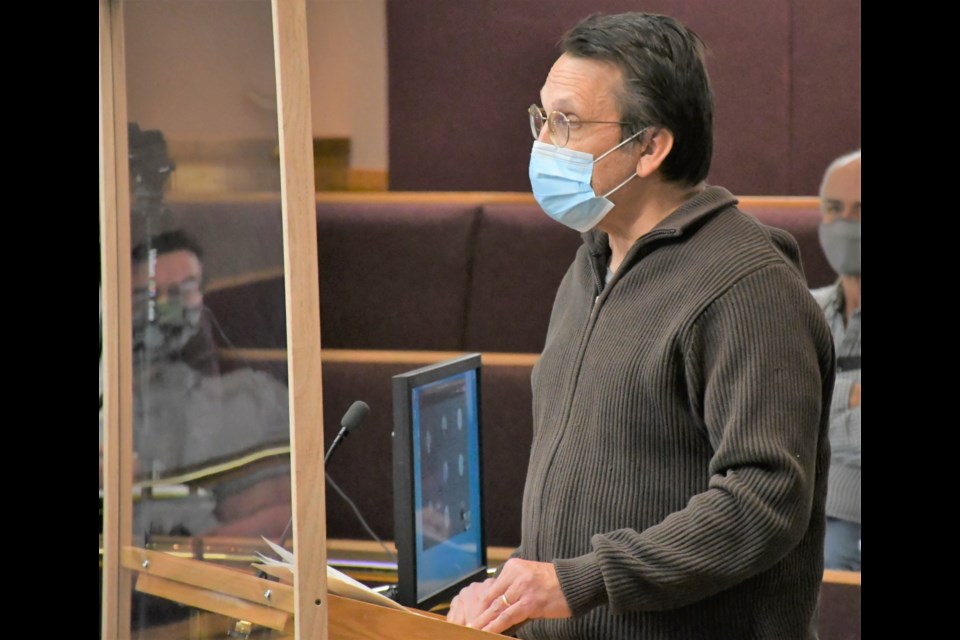Former school board trustee Jan Radwanski believes a report analyzing the possible traffic impacts near the proposed joint-use school uses old data and wants city council to reject the document.
The results of the traffic impact assessment (TIA) were hampered by data from the City of Moose Jaw that was 10 years old, which the report consultants even indicated limited them, Radwanski — a former trustee with Prairie South School Division — told council during its Nov. 23 meeting. He said this limited the report, which contradicts the memorandum of understanding between the city and the school divisions.
Furthermore, the consultants pointed out accounting firm KPMG overlooked the Official Community Plan (OCP) and made wrong assumptions when it suggested Westheath was a greenfield site and could be developed near a traffic corridor, he continued.
“This particular site I don’t think was screened properly, (and) in my opinion, may not be a proper site for a 1,000-plus (student) school,” said Radwanski.
The 10-acre site will need the necessary drop-off and pick-up locations for 750 bused or driven students, 125 parking stalls for staff, and other safety measures, making this project is too large for the neighbourhood to absorb safely, he stated.
Instead, Radwanski suggested that the school divisions use the Ministry of Education’s money to rebuild schools on South Hill since the infrastructure already exists.
Another issue the report raised was how the existing roadways didn’t have sufficient capacity for the proposed traffic, he continued. KPMG assumed this was the safest site since the existing roadway infrastructure had been completed for residences.
The consultants did suggest mitigation measures to handle the additional traffic on Wellington Drive, but Radwanski wondered if that street would have to be turned into a one-way. He pointed out there could be ramifications for dropping off and picking up 1,000 students on one two-way collector street.
Providing locations for pick-ups and drop-offs would reduce space for playgrounds, he continued. Although the report suggests students should walk and bike more, some youths would have to travel 20 blocks and cross several arterial roads.
“I ask that you reject this limited TIA as required and that council should develop — in conjunction with the school boards — a concept plan for a school this size and see whether it does fit on South Hill,” remarked Radwanski, who noted there was never any public review session for this particular site.
“Our children are our greatest resource, and educating them in safe, accessible locations is paramount,” he added.
When asked by Mayor Fraser Tolmie, Radwanski acknowledged that he voted against the project, while one Moose Jaw trustee recused himself and the other three Moose Jaw trustees voted in favour.
“We live in a democratic society and the majority voted in favour of that school (project) … ,” Tolmie said, adding it was also important to know how the Holy Trinity board voted.
In response, Holy Trinity board chair Joann Blazieko said all trustees voted in favour. She noted trustees had worked on this project for a while and the chosen location also surprised them.
Prairie South board chair Robert Bachmann pointed out Radwanski had enough opportunity as a trustee to provide feedback as part of the democratic process, while he now can comment as a resident.
“This report that is before you very clearly states a positive impact, that the traffic impact assessment does not communicate any major issues,” said Bachmann, before asking council to accept the report so the process can proceed and public consultations can happen.
The next regular council meeting is Monday, Dec. 7.




